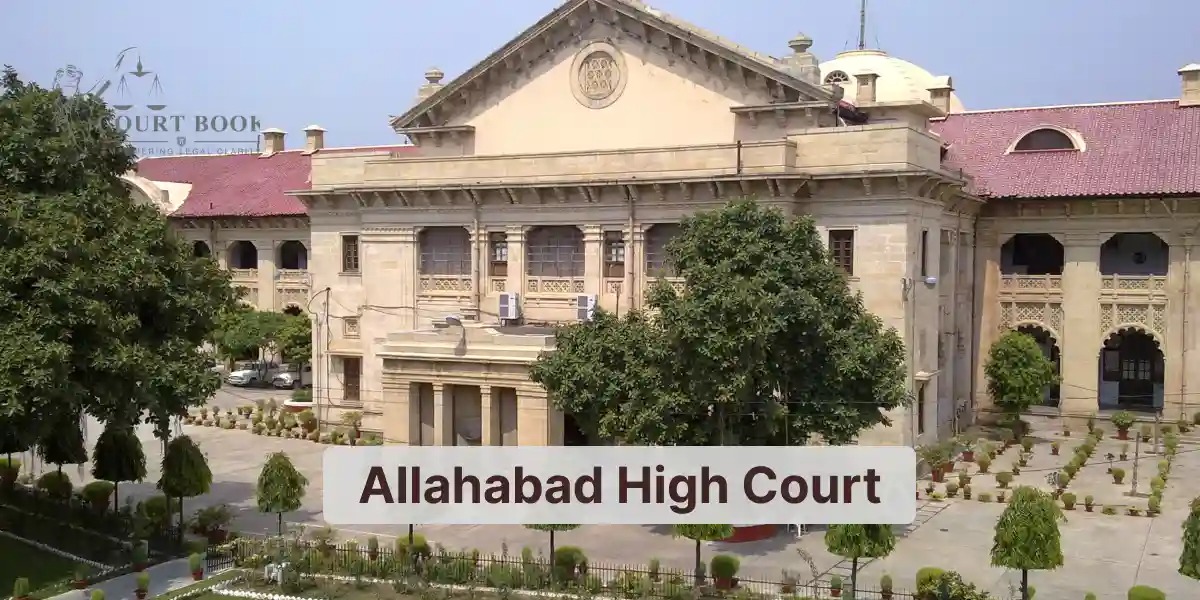Jawahar Lal Gupta, J.@mdashThese nine petitions viz. C.W.P. Nos. 1552,1899,1900,1901 and 2922 of 1988,7116,7118,7128, and 12162 of 1989 are directed against a circular of June 4/5,1987 issued by the Central Board of Excise and Customs (for short ''the Board'') as also the notice calling upon the petitioners to show cause as to why the central excise duty and penalty be not recovered from them. On behalf of the respondents, it has been, inter alia, pleaded that the petitioners have been given a show cause notice. It is intended to afford an opportunity to them. Instead of availing of the opportunity and exhausting the departmental channels, the petitioners have approached the Court. It has been contended that the writ petitions are misconceived.
2. For appreciating the factual and legal position, the averments made in C.W.P No. 1552 of 1988 alone may be considered. The Petitioner claims to be engaged in manufacturing steel forgings. It is averred that the raw material is cut to the required length and thereafter the pieces are heated to a temperature of 1250�C approximately. Thereafter, the heated pieces of steel are forged in close die forging hammer or presses. The excessive flesh on the above-said forgings is trimmed. Finally the forgings are shot blasted to remove the scales and costed to prevent them from rusting. It is claimed that the forgings/goods when removed from petitioner''s factory are products of rough appearance and cannot be described as finished articles.
3. These factual premises are disputed by the respondents. It is maintained on their behalf that the steel balls and pin cottered manufactured by the petitioner have essential characteristics of finished articles and are used as such by the Thermal Plants/ Railways. It has been further averred that the petitioner mis-declared the products manufactured by it as ''roughly shaped products'' in the classification list and thus got the same misclassified by misstatement with the intention to evade the central excise duty. In paragraph 10 it has been particularly averred that actually the goods manufactured by the petitioner were/are not roughly shaped products but are finished products and are classifiable under the Heading 73.08 instead of the Heading 72.08 of the Central Excise Tariff as it existed prior to 1-3-1988.
4. Mr. P.S. Patwalia, appearing for the petitioner has vehemently contended that the show cause notice had been issued in view of the circular issued by the Board, a copy of which has been appended as Annexure P-l. These instructions (Annexure P-1) had in fact been withdrawn vide letter dated September 18,1989. He submits that the instructions having been withdrawn, the subsequent issue of show cause notice etc. cannot be sustained. He also contends that the action of the respondents is barred by limitation. Mr. Ashutosh Mohunta appearing for the respondents, however, contends that there was serious dispute on facts between the parties which could not be gone into by this Court in the exercise of its jurisdiction under Article 226 of the Constitution. He further contends that the premises of the petitioner had been raided on July 11, 1987 and the notice had been issued in January, 1988. The learned counsel submitted that the action was thus not barred by limitation.
5. After hearing learned counsel for the parties, it appears that there is serious dispute on facts. The petitioner claims that the products manufactured by him are of rough appearance and do not have the essential characteristics of finished articles. The respondents seriously dispute this position. Since there is a controversy on facts it would not be appropriate or even possible for me to examine each product and to record a finding. The Courts do not have the expertise necessary for resolving a controversy of this nature. This is the job of experts. The legislation has provided a complete machinery which is entrusted with the duty of determining facts. The petitioner has been given a show cause notice. It can adduce all possible evidence and raise issues of fact and law. The appropriate authority shall consider and decide all those issues which were raised by the petitioner. If still aggrieved, the petitioner has the remedy of appeal etc. under the Central Excises and Salt Act, 1944. It is only thereafter that the writ court can determine as to whether or not the action of the appropriate authorities is in accordance with law. Normally, the writ court cannot arrogate to itself the functions which the legislature has entrusted to departmental experts. We shall be slow to hesitant to enter the domain of the departmental authorities. It is only in the rarest of rare cases that the writ court shall intervene at the stage of issue of a show cause notice.
6. Mr. Patwalia no doubt contends that the instructions at Annexure P-1 having been withdrawn, the show cause notice cannot survive. If that be so, nothing prevents the petitioner from raising this contention before the appropriate authority. It is only after the facts have been proved and departmental remedies exhausted that this Court''s jurisdiction should be invoked. Mr. Patwalia had also relied on certain decisions of the Supreme Court to contend that no excise duty was leviable in the present case. All the cases cited by him arose out of the decisions delivered by the departmental authorities. Such is not the case here.
7. I accordingly hold that the writ petitions are incompetent at this stage. The petitioners may submit their replies/explanations, adduce all relevant evidence, exhaust the departmental remedies and if still aggrieved the remedy of writ may be resorted to. No interference is called for at this stage. The petitions are accordingly dismissed with no orders as to costs.

